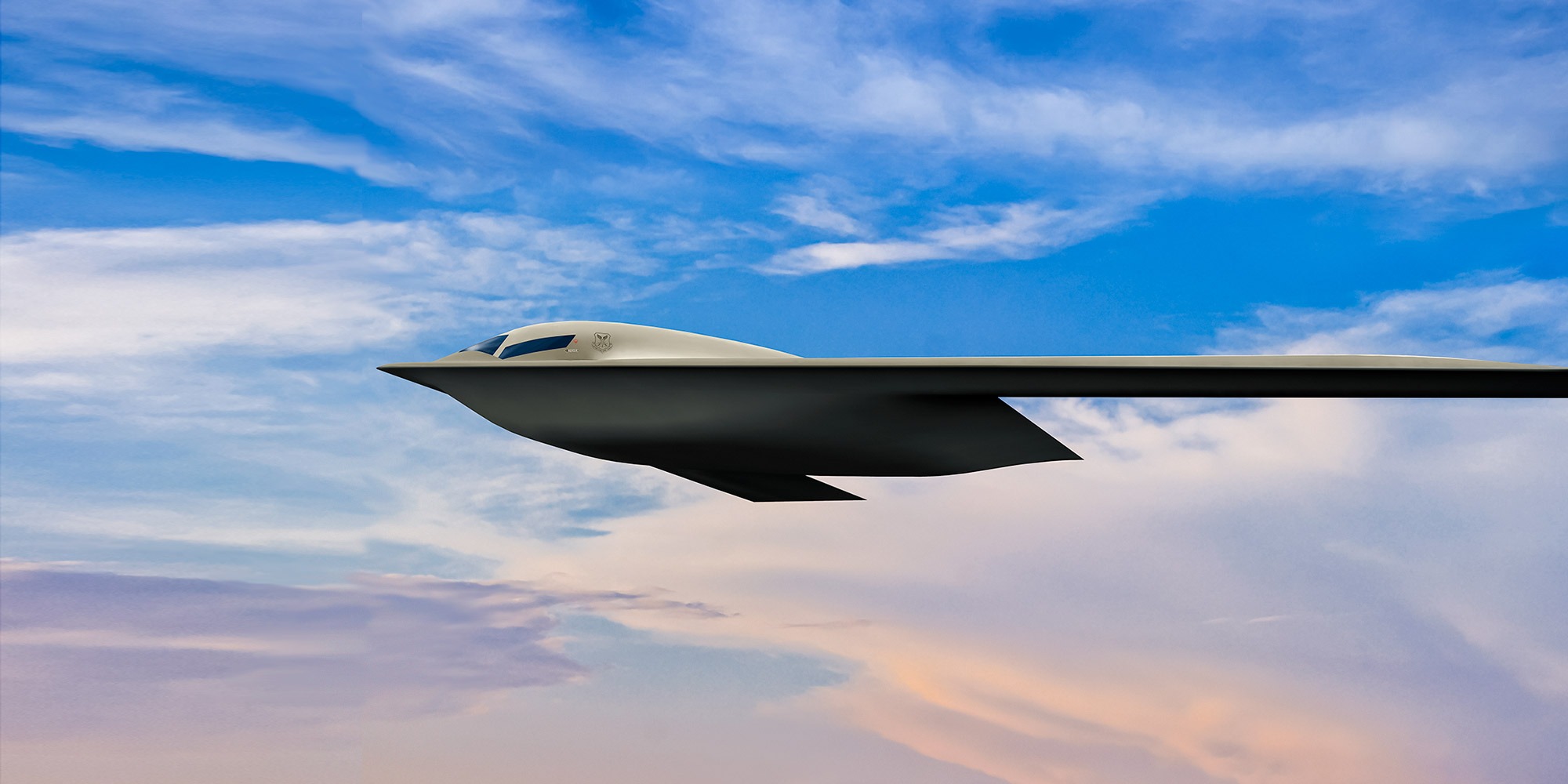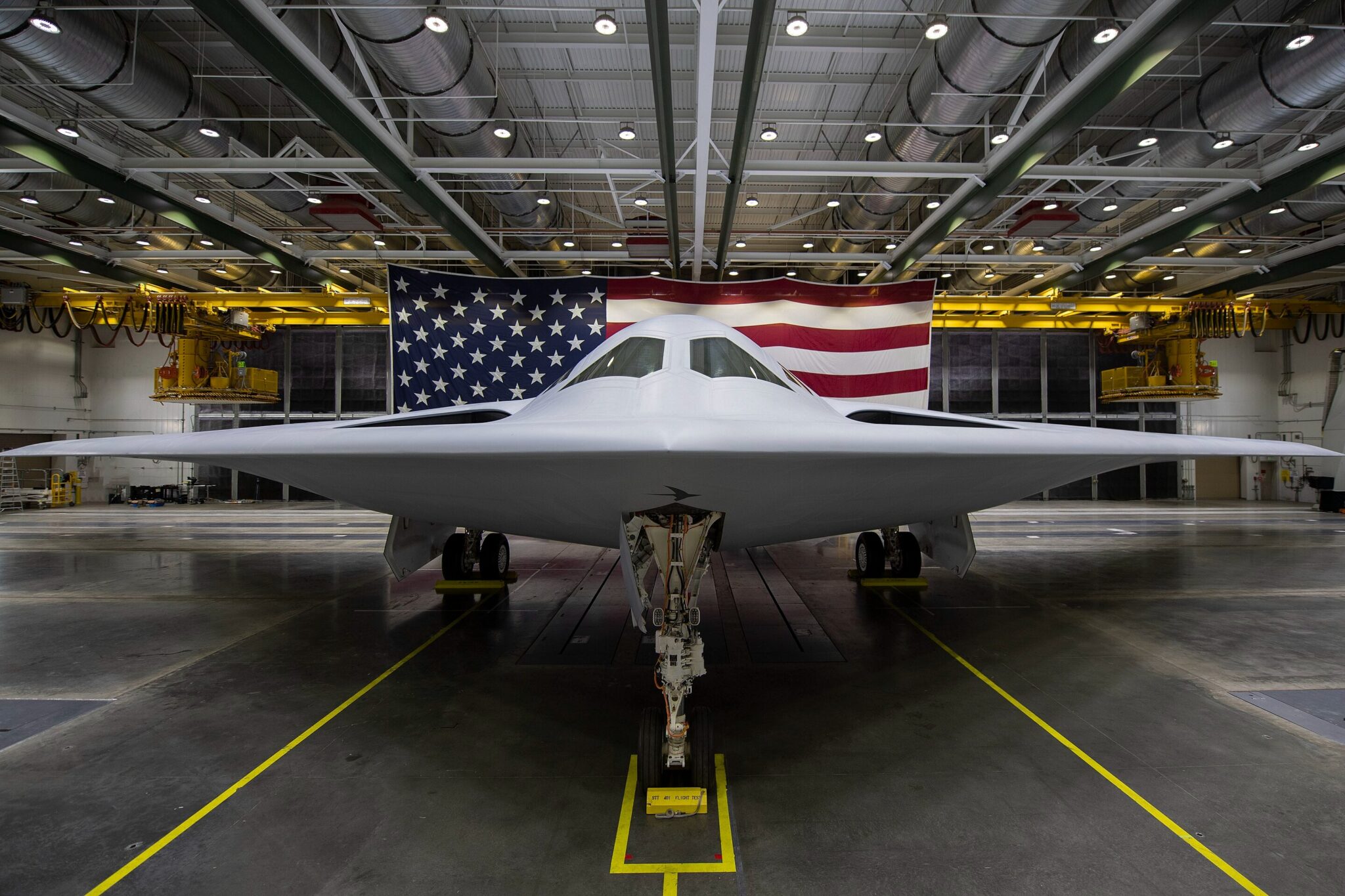Chinese researchers say they have found a way to detect enemy stealth fighters with Stealth technology using radiation from Starlink satellites. This is despite the fact that stealth airplanes are designed to be less visible to radar and better reflect electromagnetic radiation due to their unusual shapes. This is reported by the South China Morning Post.

As an experiment, the team used a DJI Phantom 4 Pro drone as a mockup of a low-observable airplane. Using a ground-based radar system, the team saw the tiny stealth drone thanks to radiation from the Starlink satellite, which was flying over the Philippines at the time. The team said their new detection method was independent of the target’s three-dimensional shape and surface material. The team published the test results in the Journal of Signal Processing.
The idea is this: when an airplane passes between a satellite and an antenna on the ground, it can scatter the satellite’s electromagnetic waves – pulsations that can be picked up by ground-based radars to detect targets.

The researchers say their system could provide significant advantages in detecting small and low-observable targets, which is a potential advantage for the Chinese military on the battlefield. Thanks to the thousands of Starlink satellites that SpaceX has launched to date, scientists now hope to use perturbations in high-frequency radio signals to track low-observable aircraft.
Threat from space comes to China’s help
This is a surprising new area of research, especially given China’s hostility to the broadband constellation of satellites of the company led by Elon Musk. Back in 2022, the South China Morning Post reported that Chinese researchers were developing ways to destroy Starlink satellites if they ever became a threat to national security.
But instead of shooting down Starlink satellites, Chinese scientists have learned to adapt enemy technology to help their own military fight against potential adversaries.

So far, the team has only tested their method on a drone that flew at a relatively low altitude. Therefore, it remains to be determined whether Starlink radiation can detect larger and heavier targets, such as the fifth-generation F-22 Raptor and F-35 Lightning II low-observable aircraft, or the B-2 Spirit and B-21 Raider bombers. In addition, as the SCMP notes, China already uses anti-stealth radars along its coast to detect and track U.S. fighters.
We previously reported on how China began deploying its Starlink analog.


